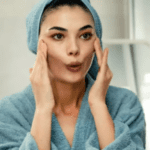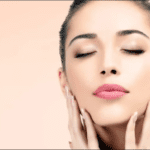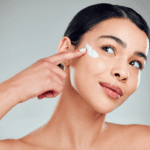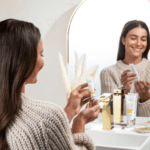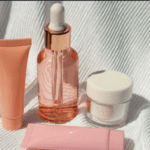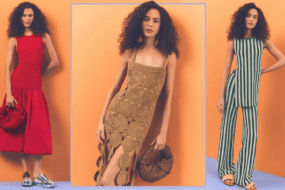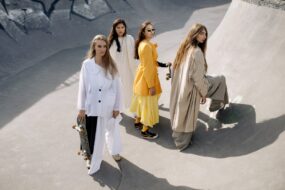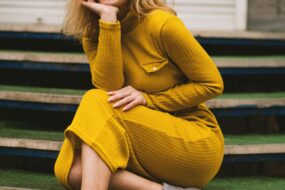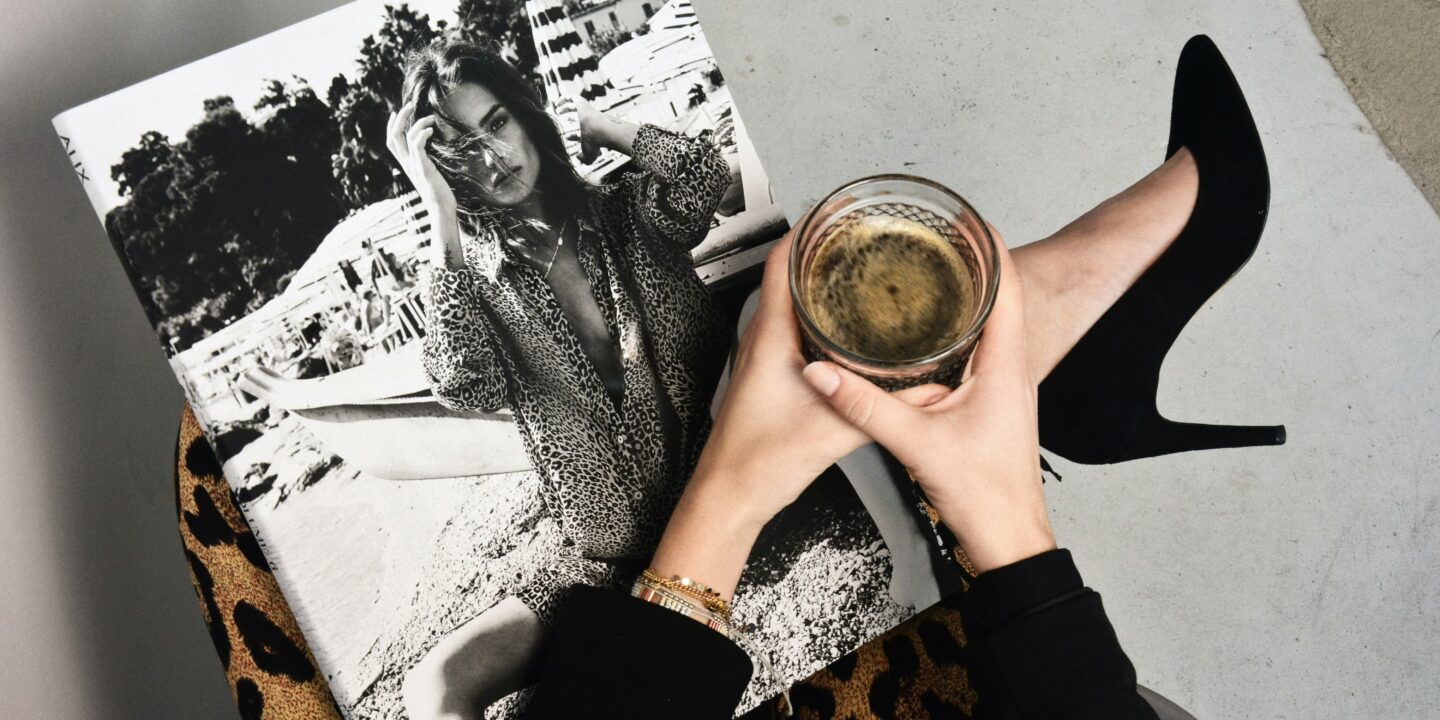
Color plays a crucial role in fashion, influencing not only personal style but also perceptions, moods, and confidence. Understanding how to use hues effectively can elevate your fashion game, making outfits more impactful, memorable, and expressive. In this guide, we’ll explore the power of color in fashion and provide practical tips on how to incorporate it into your wardrobe to enhance your overall aesthetic.
The Psychology of Color in Fashion
Colors have psychological effects that can evoke emotions and set the tone for an outfit. Here’s how different colors influence perception:
- Red: A bold and powerful color associated with passion, confidence, and energy. It commands attention and is often used to make a statement.
- Blue: Represents calmness, stability, and trustworthiness. Lighter blues exude tranquility, while darker blues convey sophistication and authority.
- Yellow: Symbolizes happiness, warmth, and optimism. It’s an attention-grabbing color that can brighten up any outfit.
- Green: Associated with nature, freshness, and harmony. It can be soothing and rejuvenating, making it an excellent choice for casual wear.
- Black: Classic and timeless, black exudes elegance, sophistication, and mystery. It’s versatile and slimming, making it a staple in every wardrobe.
- White: Represents purity, simplicity, and freshness. It’s a great choice for a clean and crisp look.
- Purple: Historically linked to royalty and luxury, purple can add a touch of opulence and creativity to an outfit.
- Orange: Vibrant and energetic, orange conveys enthusiasm and playfulness. It’s a great accent color for dynamic outfits.
- Pink: Ranges from soft and romantic to bold and playful, depending on the shade. It’s often associated with femininity and youthfulness.
- Brown: Earthy and grounded, brown conveys warmth, reliability, and a natural aesthetic.
Understanding Your Skin Undertone and Best Colors
Your skin undertone plays a key role in determining which colors complement you best. There are three main undertones:
- Cool Undertones: If your veins appear blue or purple and silver jewelry flatters you more, you likely have cool undertones. Best colors: blues, purples, cool pinks, emerald green, and icy pastels.
- Warm Undertones: If your veins appear green and gold jewelry suits you better, you likely have warm undertones. Best colors: earthy tones like mustard, terracotta, warm reds, oranges, and olive green.
- Neutral Undertones: If both silver and gold jewelry look good on you and your veins appear blue-green, you have neutral undertones. Best colors: a mix of cool and warm tones, including muted pastels, soft greens, and beige.
Creating a Balanced Wardrobe with Color
Incorporating color into your wardrobe doesn’t mean you have to wear bold shades all the time. Here’s how to create balance:
- The 60-30-10 Rule: A classic fashion formula where 60% of your outfit is a base color (neutral tones), 30% is a secondary color (a complementary shade), and 10% is an accent color (a pop of brightness).
- Neutrals as a Base: Start with neutrals like black, white, beige, and gray as the foundation of your wardrobe. These colors pair well with any shade.
- Statement Pieces: Introduce color through key statement pieces like blazers, dresses, or bold accessories.
- Color Blocking: Pair contrasting yet complementary colors for a striking look (e.g., blue and orange, pink and green).
- Monochrome Looks: Wearing different shades of the same color creates a sophisticated and polished appearance.
Seasonal Color Trends
Each season brings its own set of trending colors that influence fashion choices. Here’s a general guide:
- Spring/Summer: Bright and lively hues such as coral, turquoise, lemon yellow, and sky blue dominate.
- Autumn/Winter: Rich and deep shades like burgundy, forest green, mustard, and navy take center stage.
- Transitional Colors: Neutral tones like taupe, camel, and gray work well year-round and can be layered with seasonal accents.
Using Color to Express Your Personal Style
Your fashion choices should reflect your personality, and color is a great way to do that:
- Minimalist Style: Stick to neutral shades with occasional pops of muted pastels.
- Bold and Eclectic: Experiment with vibrant hues, mixed patterns, and unexpected color combinations.
- Classic and Elegant: Opt for timeless colors like black, white, navy, and red for a refined look.
- Bohemian and Earthy: Embrace warm, earthy tones like rust, mustard, olive, and brown.
Incorporating Color Through Accessories
If you’re hesitant about wearing bold colors, start small with accessories:
- Scarves and Handbags: Add a pop of color to a neutral outfit with a bright scarf or handbag.
- Shoes: Statement shoes in red, cobalt blue, or metallic shades can elevate an outfit.
- Jewelry: Colored gemstones or vibrant costume jewelry can add personality without overpowering your look.
- Makeup and Nail Polish: A bold lipstick or bright nail color can complement your outfit effortlessly.
Cultural and Symbolic Meanings of Color in Fashion
Different cultures assign unique meanings to colors:
- In China, red symbolizes luck and prosperity.
- In Western cultures, white is associated with purity and weddings, whereas in some Asian cultures, it is a mourning color.
- In India, vibrant colors like yellow and orange are tied to spirituality and festivals.
Understanding these cultural influences can help you make informed fashion choices, especially for international events or travel.
Conclusion
Color is one of the most powerful tools in fashion. Whether you want to make a bold statement, exude confidence, or simply enhance your natural beauty, the right hues can transform your wardrobe and elevate your personal style. By understanding color psychology, your own skin undertones, and various styling techniques, you can master the art of using color to your advantage. So, don’t be afraid to experiment—embrace the power of color and let your wardrobe shine!






